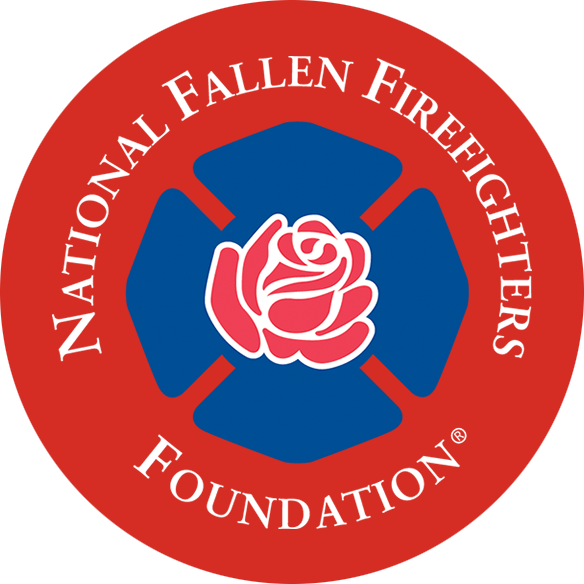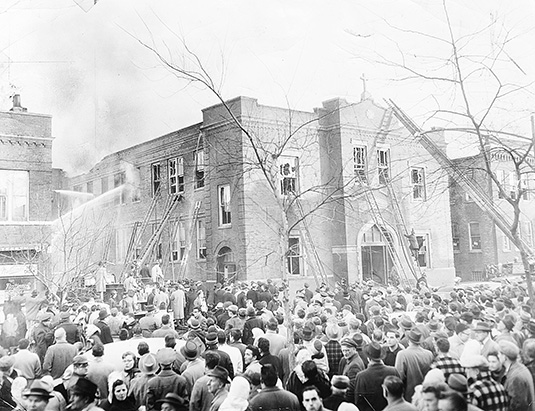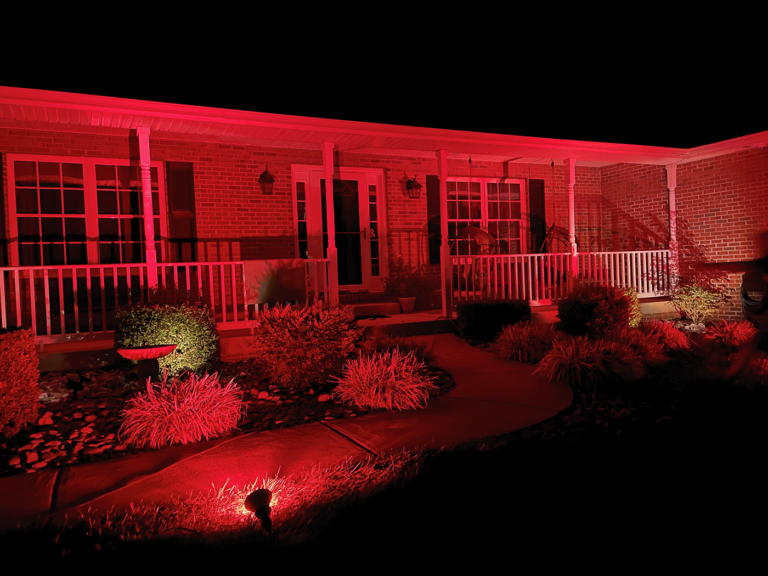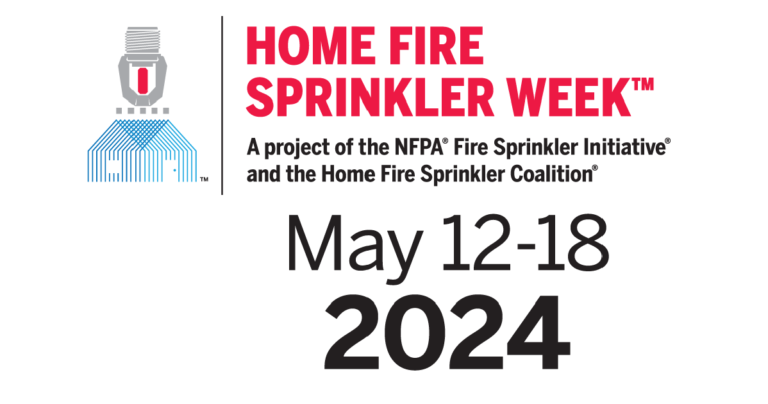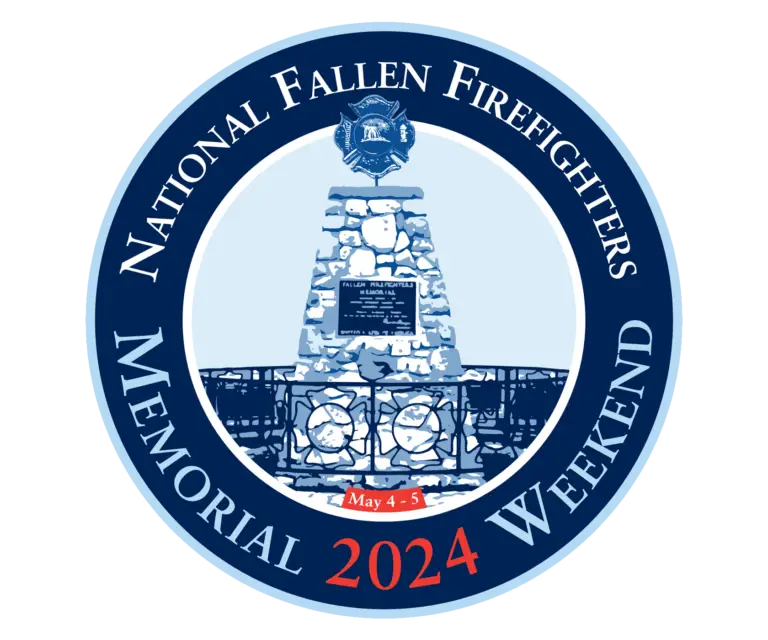“Monday, Dec. 1, 1958, was a typical early winter day in Chicago, with gloomy skies, a damp penetrating cold and patches of snow on the ground. It was my day off as a reporter for The Chicago American newspaper and, as usual, I was spending it riding as a firefighter on Rescue Squad 2.” – Hal Bruno, NFFF Chairman of the Board (1999 – 2008)
Little did Hal Bruno know that on that wintry day 65 years ago, he would respond to the Our Lady of Angels School fire, a devastating fire that claimed the lives of 92 children and three nuns. His reports from that day for the Chicago American newspaper remain part of the history of that tragic day. What he witnessed and reported that day was the catalyst of change in the nation’s fire safety and prevention efforts.
The Fire
Approximately thirty minutes before dismissal on Monday, December 1, a fire started in a cardboard trash barrel a few feet from one of the school’s exit stairwells. The fire burned undetected, filling the stairwell and upper hallway with smoke. Students and teachers on the first floor were protected by a pair of heavy wooden doors that kept the smoke and heat out, but those on the second floor were in deep peril.
Once the fire was detected, a fire alarm was pulled, but it didn’t sound. A passerby who saw the smoke was denied access to a phone in the deli across the street because the phone wasn’t “public.” All the while, smoke, and heat were sealing the escape route for the children and nuns on the second floor.
The first engine to arrive, Engine 85, consisted of six CFD members, giving the captain flexibility to split his crew to attack the fire and begin rescuing students. Truck 35 and Squad 6 arrived shortly after Engine 85, throwing more ladders and catching children in life nets. When the chief of the 18th Battalion arrived, he realized the rescue effort was beyond the on scene crews’ capabilities. He ordered the firefighters on ladders pulling children from the smoke belching out of the building to drop the children into the nets or to the ground, believing a broken bone or two was better than dying in the fire. He also called for a second alarm. Within a couple of minutes, realizing the incident was massive, he called for a fifth alarm, jumping over the third and fourth. Shortly after, the school roof collapsed, sealing the fate of anyone left on the second floor. The fire was declared under control at 4:19 p.m., less than two hours after receiving the first alarm.
School Fire Safety
The deadliest U.S. school fire was the Lake View School in Collinwood, Ohio, when 176 people died on March 4, 1908. The post-fire investigation report recommended installing sprinklers in every school. However, this did not happen.
And in 1915, 21 people died at the St. John’s Grammar School in Peabody, Massachusetts. This was followed by 77 people dying in the Cleveland School in Beulah, South Carolina, in 1923. And then a year later, 33 people died at the Babb Switch School in Hobart, Oklahoma.
It wasn’t until after the Our Lady of Angels School fire that national attention was placed on the need for improved fire safety in schools. This report from the NFPA Quarterly in 1959 outlines the findings of the post-fire investigation, including recommendations on improving the fire safety in schools.
Many people forget that there was another school fire in Illinois about two weeks after the tragedy in Chicago. This fire began in a wooden closet at the basement level of a stairwell at the Kenilworth School in Kenilworth, Illinois. The custodian at this school pulled the fire alarm and began evacuating 650 students. The fire in the basement was extinguished by the sprinkler system, and there were no fatalities or injuries.
Victor Stagnaro, National Fallen Firefighters Foundation CEO
Are all schools sprinklered today?
Unfortunately, the answer is no. The reasons given are varied –historic building preservation, active shooter or intruder protection, and funding restrictions. But none of these reasons make a difference when it’s your child or a school in your community. The fact remains, regardless of whether it’s an apartment building, a single family home, a concert venue, or a school, sprinklers are the best way to protect those who matter most.
Vickie Pritchett, Vice President/Executive Officer of the National Fire Sprinkler Association
Through advocacy, improved building codes, and enhanced fire protection systems, there has been a significant reduction in fire-related fatalities in schools. Because of the Our Lady of Angels School fire, NFPA 101 – Life Safety Code includes stricter interior finishing and exiting requirements, among other changes.
Hal Bruno’s Lasting Legacy
Hal Bruno’s first-hand account of the fire is a reminder of how quickly an ordinary day can become a memory carried forever. He understood this as a witness to this horrible fire, as a journalist, as a firefighter, and as a member of the NFFF Board of Directors. Those who knew him in his role as the Chairman of the Board of the National Fallen Firefighters often say that his expectations were clear – treat the families of the fallen as you would treat your own. This expectation continues today.
Hal Bruno Camps for Children of Fallen Firefighters
Learn more about the Our Lady of Angels Fire
- University of Illinois: Comprehensive guide to resources about the fire
- Chicago Fire Department: Includes videos, photos, newspaper articles, and more. Please note that some of the images include fire victims.
- Our Lady of the Angels School Fire - Reprint from Fire Engineering, Jan 1959 (olafire.com): This account is from Chicago’s Fire Commissioner at the time, Robert Quinn.
- Listen to “Before They Came Angels” Johnathan Cain, from the band Journey, was a survivor of the Our Lady of Angels Fire. He wrote the song “Before They Came Angels” for the 50th anniversary of the fire.
In Memoriam - Our Lady of Angels Fire Victims
Sister Mary Clare Therese Champagne, BVM
Sister Mary Seraphica Kelley, BVM
Sister Mary St. Canice Lyng, BMV
Michele Altobell
Robert Anglim
Karen Baroni
David Biscan
Richard Bobrowicz
Beverly Ann Burda
Helen Buziak
Peter Cangelosi
George Cannella
Kathleen Carr
Margaret Chambers
Aurelius Chiapetta
Joanne Chiappetta
Joan Chrzas
Bernice Cichocki
Rosalie Ciminello
Roseanna Ciochon
Jo Ann Ciolino
Millicent Corsiglia
Karne Ann Culp
Maria DeGiulio
Nancy Mary DeSanto
Patricia Drzymala
Lawrence J. Dunn
William R. Jr. Edington
Mary Ann Fanale
Lucile Filipponio
Nancy Rae Finnigan
Ronald Fox
Janet Gasteier
Carol Ann Gazzola
Lawrence Grasso
Frances Guzaldo
Kathleen Hagerty
Richard Hardy
Karen Hobik
Barbara Hosking
Victor Jacobellis
John Jajkowski
Angeline Kalinowski
Diane Karwacki
Joseph Anthony King
Kenneth Kompanowski
Richard Kompanowski
Margaret Kucan
Patricia Kuzma
Annette LaMantia
Rose Ann LaPlaca
Joseph Maffiola
Raymond Makowski
Linda Malinski
John Manganello
John Joseph Mele
Joseph Modica
James Moravec
Mary Ellen Moretti
Charles Neubert
Lorraine Nieri
Janet Olechowski
Yvonne Pacini
Antoinette Patrasso
Eileen Pawlik
Carolyn Marie Perry
Elaine Pesoli
Mary Ellen Pettenon
Edward Pikinski
Nancy Pilas
Frank Piscopo
James Joseph Profita
James Ragona
Roger Alan Ramlow
Marilyn Reeb
Nancy Riche
Margaret Sansonetti
Diane Marie Santangelo
Joane Sarno
William Sarno
Antoinette Secco
Kurt Schutt
James Sickel
Paul Silvio
Susan Smaldone
Nancy Smid
Linda Stabile
Mark Stachura
Mary Louise Tamburrino
Philip Tampone
Valerie Ann Thoma
John David Trotta
Mary Virgilio
Christina Marie Vitacco
Wayne Wisz
